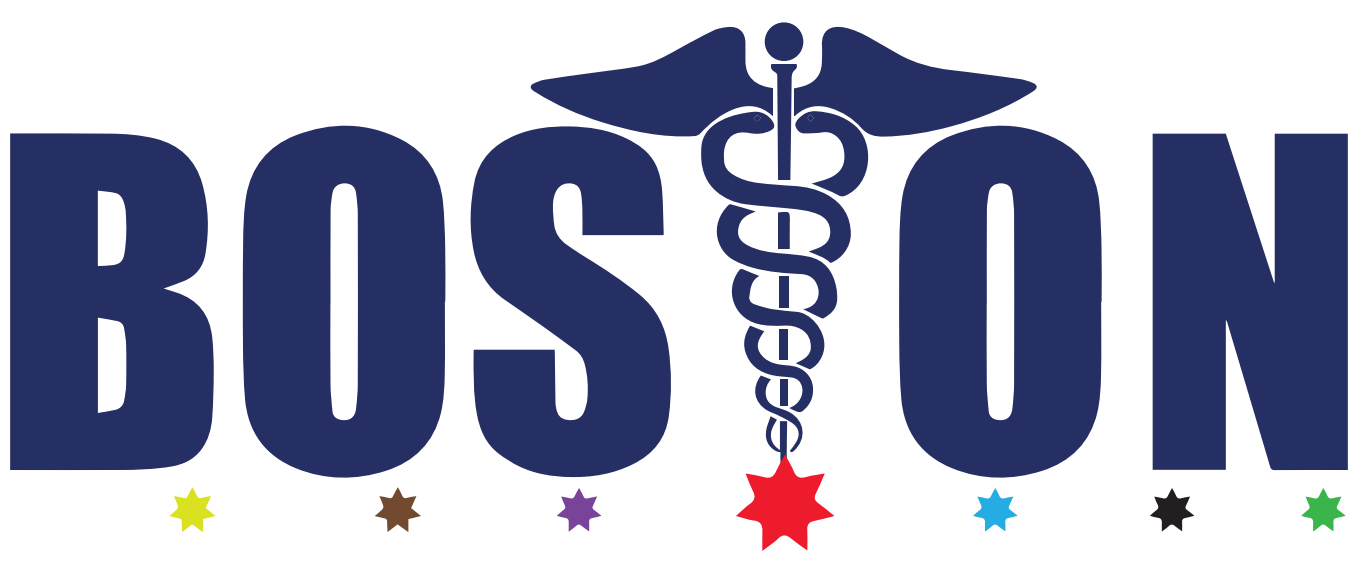Mycotoxins in Livestock Feed: Risks and Solutions for Healthier Animals
Mycotoxins, toxic secondary metabolites produced by fungi, pose a significant threat to livestock health and productivity. These naturally occurring toxins contaminate agricultural commodities such as grains, which are primary components of animal feed. Understanding the risks associated with mycotoxins and implementing effective mitigation strategies is essential for ensuring healthier animals and minimizing economic losses in the livestock industry.
The Risks of Mycotoxins in Livestock Feed
Mycotoxins compromise immune function, leaving animals more susceptible to infections. Exposure can cause histopathological changes in vital organs such as the liver, kidneys, and intestines. Some mycotoxins disrupt hormonal balance, impairing fertility and reproductive performance. Chronic exposure to low levels of mycotoxins results in poor growth rates, reduced feed efficiency, and lower production of milk, meat, or eggs. The presence of mycotoxins leads to reduced performance and increased mortality rates, significantly impacting producers’ bottom lines.
Mitigation Strategies for Mycotoxin Management
Proper storage of feed ingredients under dry and cool conditions can reduce mold growth. Regular monitoring of grain quality and implementing good agricultural practices during harvesting can minimize contamination risks. Mycotoxin binders adsorb toxins in the gastrointestinal tract, preventing their absorption into the bloodstream. Biotransformation agents, such as enzymes or microorganisms, detoxify specific mycotoxins by breaking them down into less harmful compounds.
Idafix Plus by Idena, offers a broad-spectrum mycotoxin management solution using organic and inorganic adsorbents combined with essential oils to neutralize toxins quickly and effectively without affecting nutrients. Bionte’s Quomitox Plus uses a triple-action formula with adsorption, phytogenic extracts, and post-biotic compounds to combat a wide range of mycotoxins while preserving feed quality. United Animal Health’s M.Mobilize features a blend of aluminosilicate, yeast cell walls, and beneficial bacteria to support animal health and performance, even in the absence of mycotoxins.
By understanding the risks these toxins pose to animal health and implementing robust prevention and mitigation strategies, producers can safeguard their herds or flocks while ensuring sustainable productivity
Combatting Heat Stress and Strengthening Immunity in Poultry with Life C
Raising healthy and thriving poultry flocks is no easy task. From managing their diet to ensuring a
Understanding the Complexities of Poultry Farming
Bost-K3 Plus is a premium Vitamin K3 supplement designed for poultry, rabbits, and ruminants. It pre
The Advancement of Animal Healthcare
Bost-K3 Plus is a premium Vitamin K3 supplement designed for poultry, rabbits, and ruminants. It pre

